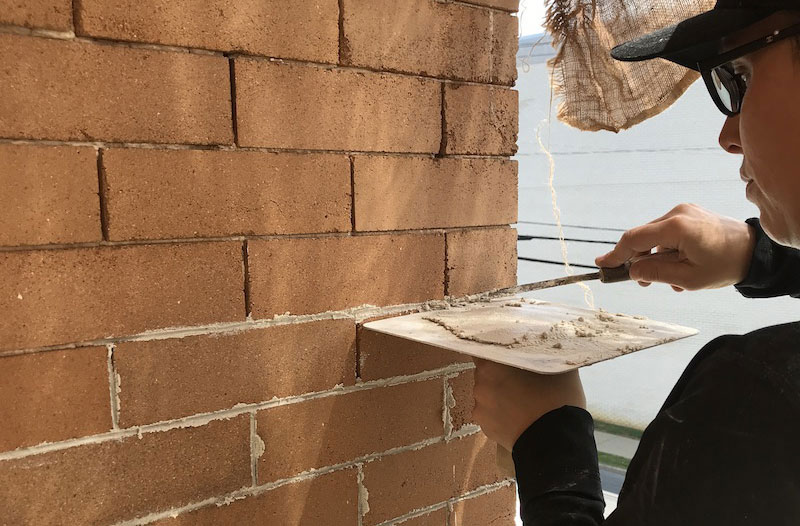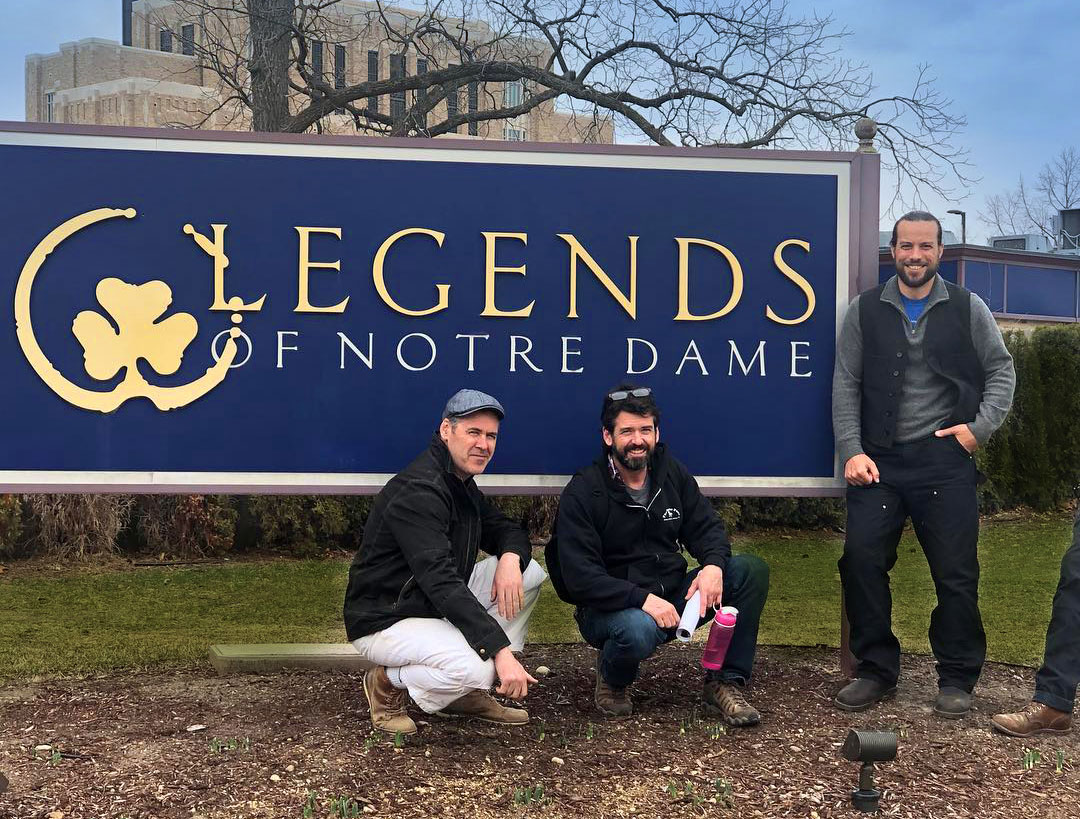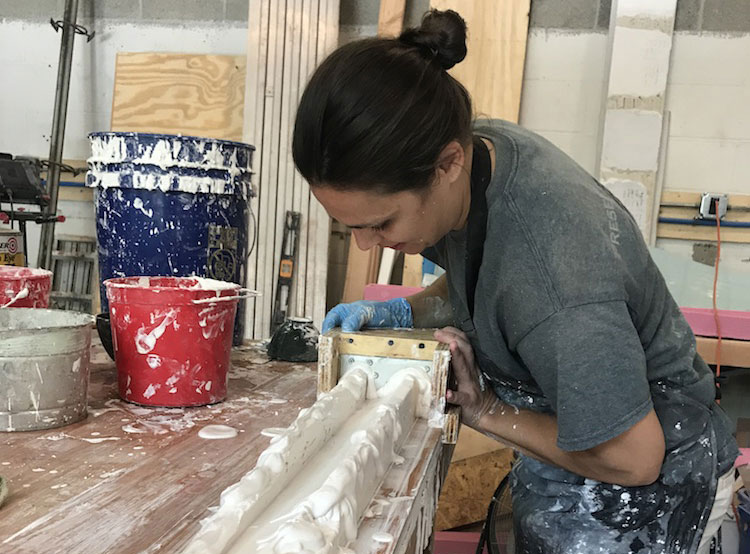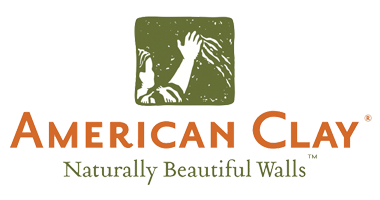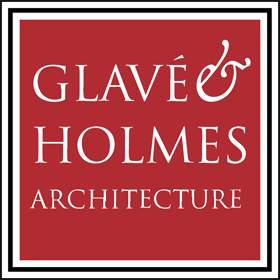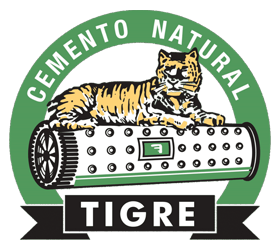It All Started When…
Rob Wozniak moved into a c. 1850 commercial building in downtown Easton, PA, in 1999. The facade of the building had been “shell pointed” with a hard Portland cement mortar, causing extensive damage to the bricks. Unaware of the differences between lime mortar and cement mortar, Rob discovered most brick & stone buildings built prior to the end of WWII were constructed with lime-based mortar that’s compatible with old softer bricks, allowing them to “breathe” (expand and contract with temperature and humidity) – but those older bricks are incompatible with cement-based mortars, which would hold water in the wall and eventually cause extensive efflorescence and spalling damage to the bricks.
In April 2007, Rob founded Preservation Works Ltd. and began restoring historic masonry buildings & eventually selling materials & consulting on the preservation and restoration of old masonry buildings using sympathetic materials. The name Preservation Works suggests preservation does in fact work as a system of principles by which buildings can be restored to prolong their useful life for many centuries.
Over the last 17 years in the trade of historic masonry restoration, we have grown the business in organic ways. We still focus exclusively on traditional, natural, durable & sustainable materials, but we have learned to use them in a variety of other ways in both new & old construction. We have expanded the business to offer decorative plaster finishes integrated with color and ornamental plaster molding in the classical tradition. We regularly work with experienced ornamental plasterers, architects & designers to create something new but timeless.
We will have training workshops starting soon. So, stay tuned and feel free to inquire so you can be the first to know when they are scheduled.
